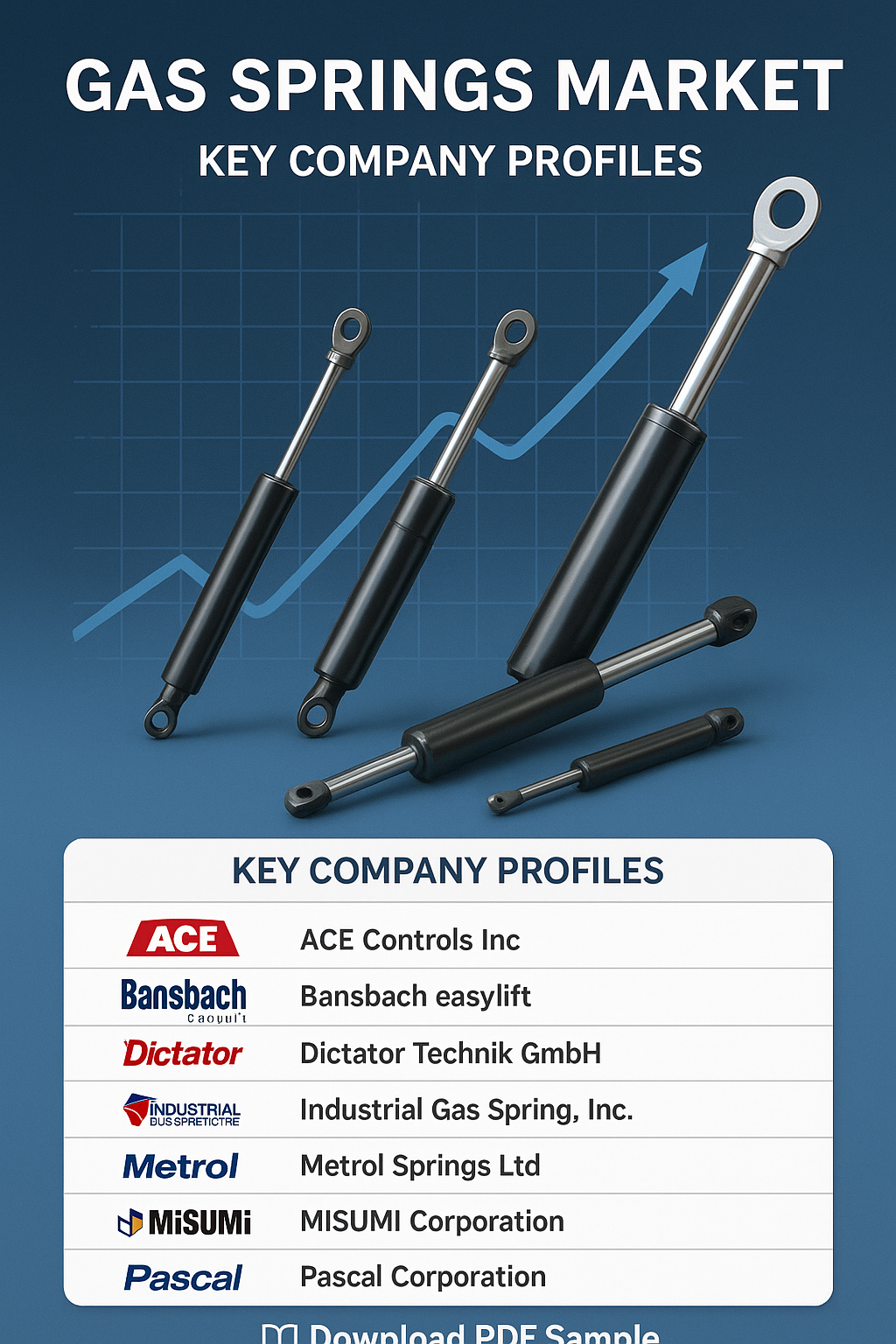Magnetic Sensors: Driving Innovation Across Automotive, Industrial, and Consumer Markets
Magnetic sensors have become one of the most essential components in modern electronics, industrial automation, automotive systems, and consumer devices. As industries advance toward smarter, more energy-efficient, and connected systems, magnetic sensors are evolving rapidly to meet rising performance demands. In 2025, the magnetic sensor market is witnessing significant innovation driven by new materials, advanced semiconductor technologies, and expanding applications across multiple sectors.
Magnetic sensors work by detecting changes in magnetic fields and converting them into electrical signals. They are used to measure position, current, speed, direction, and proximity — making them indispensable in everything from smartphones and electric vehicles to factory equipment and renewable energy systems. The most widely used magnetic sensor technologies include Hall-effect sensors, anisotropic magnetoresistance (AMR), giant magnetoresistance (GMR), tunneling magnetoresistance (TMR), and fluxgate sensors. Each technology offers unique advantages in terms of sensitivity, power consumption, precision, and temperature stability.
One of the biggest growth drivers for magnetic sensors today is the global shift toward electric vehicles (EVs). EVs rely heavily on magnetic sensing for motor control, battery monitoring, current measurement, and position sensing in steering and braking systems. TMR sensors, in particular, are seeing strong adoption due to their high sensitivity and low power consumption. Automotive manufacturers are increasingly integrating TMR and GMR sensors into advanced driver assistance systems (ADAS), traction motors, and torque detection modules to improve accuracy and reliability in harsh operating environments.
Download PDF Brochure — https://www.marketsandmarkets.com/pdfdownloadNew.asp?id=521
Another major area of expansion is industrial automation and robotics. Smart factories depend on magnetic sensors for motor feedback control, conveyor systems, robot joint monitoring, and predictive maintenance. With Industry 4.0 and IIoT initiatives accelerating, manufacturers are adopting sensors that offer better precision, energy efficiency, and real-time data integration. Magnetic sensors are now being combined with edge computing and wireless connectivity, enabling machinery to operate autonomously and intelligently. This trend is strengthening demand for compact, high-performance sensors capable of handling continuous industrial operation.
In consumer electronics, magnetic sensors play a crucial role in improving user experience. Modern smartphones use geomagnetic sensors for navigation, gaming, and augmented reality applications. Wearables incorporate miniature magnetic sensors for gesture detection and orientation tracking. Gaming controllers now utilize low-latency magnetic sensors to improve accuracy and address issues like joystick drift. As devices become smaller and more power-efficient, the push for miniaturized magnetic sensors with higher sensitivity and lower noise continues to grow.
Recent research advancements are opening new possibilities for magnetic sensor development. Graphene-based sensors and magnetic sensors made from 2D materials offer higher sensitivity at smaller sizes. Quantum magnetic sensors using NV centers in diamond or defects in boron nitride are enabling nanoscale field detection with unprecedented precision. Although still in early stages, these technologies promise transformative applications in medical diagnostics, materials analysis, and scientific instrumentation.
Looking ahead, the magnetic sensor market is poised for strong growth driven by the rise of EVs, industrial automation, renewable energy, consumer electronics, and emerging quantum sensing technologies. Manufacturers are focusing on sensors with better stability, lower power consumption, and higher sensitivity across wider temperature ranges. As digital transformation accelerates across industries, magnetic sensors will remain foundational to innovation — enabling smarter, safer, and more efficient systems in the years ahead.



